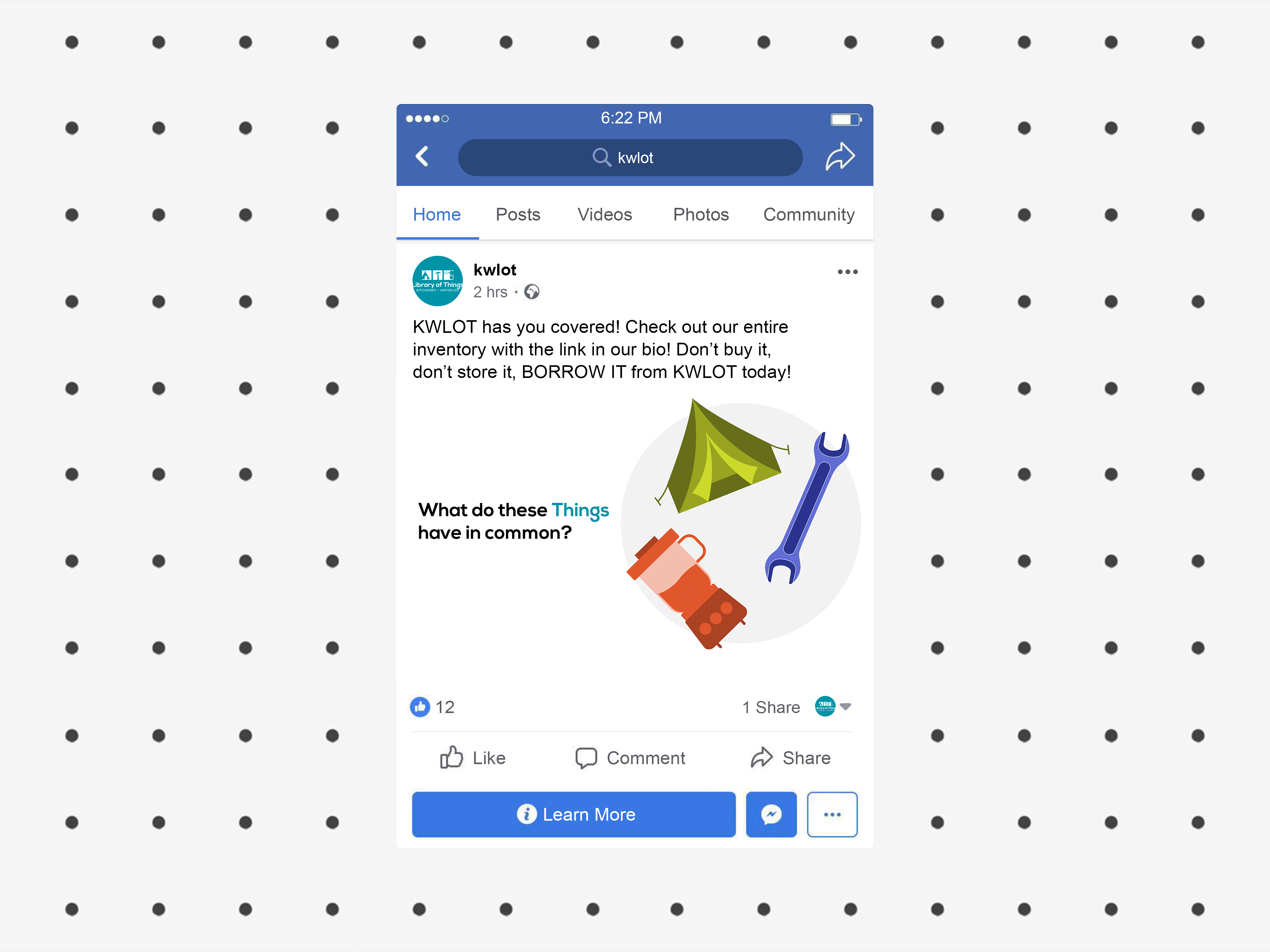During my time as an intern at Steinh Studio, I was given the opportunity to write a blog post about my experience as a junior designer.
Introduction
Starting out as a student designer is really, really tough. It took a lot out of me when I applied to 34 different companies for an internship and only had five responses, all of which were no. But that’s what being a student is, right? Learning, doing, failing, doing, succeeding. This is one of the lessons I have struggled most with as a student and a designer.
Being okay with failure is difficult, but you just have to remember why you’re in it. For me, designing is all about including others and making the world more accessible and visually appealing. From this, I have been able to make connections with others who share the same values as me, which allowed me to land an internship here at Steinh Studio with Nicole and David.
Perseverance and failure are part and parcel of getting a career
Having tenacity is probably one of the most difficult things to learn. It is extremely taxing—mentally and emotionally—to deal with, but it is a part of life. Oftentimes, failure has nothing to do with you as a designer. You do everything right: write the perfect cover letter, tailor your resume and portfolio to them, follow up, follow up again, and then... nothing. Sometimes businesses just do not have the capacity to give you the attention you deserve as a potential employee or intern. I can already hear you say, “Fine, but why can’t they just tell me that?” and I’m being honest when I say that I am still trying to figure that out.
It is crucial to acknowledge the fact that the opportunity failed, not you. Failing is really just an opportunity to improve and make connections within the industry. How you make these connections and maintain them is part of succeeding.
Networking, meetups, and connections
Some good first steps to making connections are going to designer meetups, participating in conferences, reaching out on LinkedIn, or just talking to people. But the best way to get your foot in the door is to foster those relationships. Do your research on each person you plan to connect with; have a good idea of what they do and if it can relate to anything you do. Even if it doesn’t, they might know someone who is looking for a designer like you. Ask for portfolio reviews, ask how they got started, interview them—anything can help.
Having a good reputation is another part of networking. No one in their right mind wants to work with someone who isn’t a team player or has a bad attitude. Like most careers, our industry is based on reputation, so we need to be able to adapt, keep an open mind and be kind.
The pedagogy of design
Pedagogy is the method of how teachers teach, in theory and in practice. Learning is a science in and of itself. How you learn is just as important as what you learn, but there is a catch: not everyone learns in the same way. In order to find out what ways may work best for you, there are tests you can take on the internet like this one, but I encourage you to do your own research to see what other resources are available to you. When figuring out how you learn, it is paramount that you realize the struggles you may encounter and how to get through them. Sometimes people can only teach you in a way that they know, so it’s up to you to ask for help. It can make you feel stupid or less than qualified, but if there’s one thing I’ve learned—in all types of jobs—there is no such thing as a dumb question. If you have the slightest doubt in your abilities to perform the task as requested, preemptively clarify the requirements to avoid any unnecessary confusion.
Asking for help is just as important to your learning as attending class or meetings, and more often than not, people will appreciate your interest in and commitment to fully understanding the topic at hand. When you show up to classes and meetings, you allow yourself to connect with fellow students and coworkers which gives you more time to give and receive critiques. Feedback and criticism will give you a different perspective on your work, so take every opportunity you can to get it.
Conclusion
So, what have we learned? Getting started in the design world is incredibly difficult, but with perseverance, networking, and figuring out how you learn, you will go places. Remember that failure is an unavoidable part of life and not part of who you are. Going to networking events and making connections with other attendees will really help you pave your own path and grow your resources. And lastly, learning is something that will never end, so you must understand your needs to make the learning process as seamless as possible. A piece of advice from me to you; never stop pursuing knowledge.








